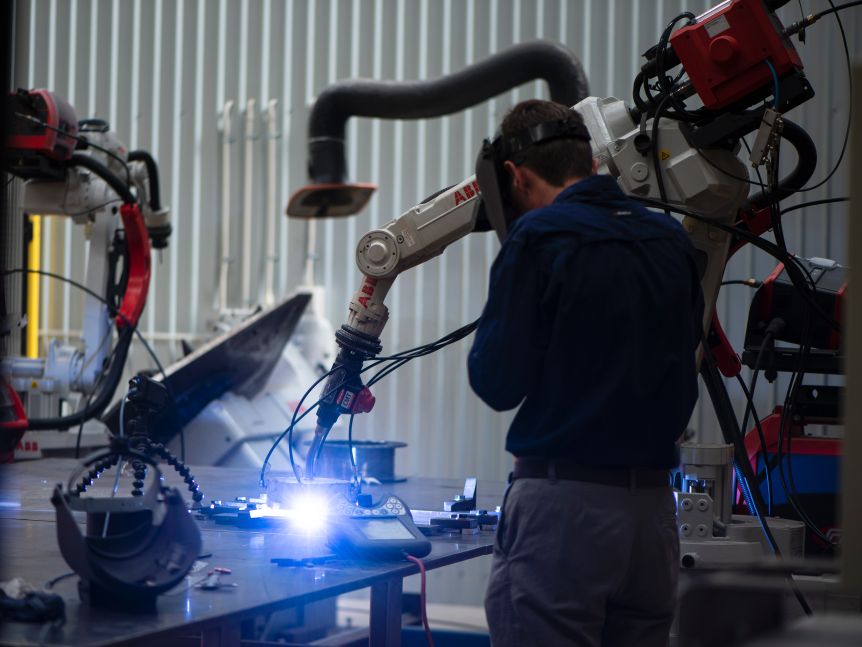Comments
For the first time, smaller players have an advantage over large corporations
Today's global manufacturing system is part of a complex and highly integrated value chain, making it prone to fluctuations in global input costs and the Australian dollar. The value chain includes 'cutting edge' science and technology, innovation, skills, design, systems engineering, supply chain excellence, and a wide range of intelligent services. It also includes energy-efficient, sustainable and low-carbon manufacturing. In one sense the growth of 3D printing (additive) and digital manufacturing generally is driving this transformation.
Australia has a rich tapestry of SMEs from software and product developers such as Grey Innovation (the company recently contracted by the Australian Government to make ventilators) through to key suppliers in global value chains.
In short, for the longer term benefit to Australia, advanced manufacturing needs to be understood as the establishment of industrial ecosystems where 'value add' can be maximised through the growth of technology-enabled firms which transform away from just assembling and/or integrating imported componentry.
In the near absence in Australia of large multi-national corporation manufacturers, the challenge for Australia is to harness the capabilities of the existing raft of SME manufacturers to enable the creation and development of a uniquely ‘High Value-Add’ Australian specialist manufacturing dynamic. The industry SME manufacturing industry needs to leverage the design and production of 21st century productivity-enhancing, machine tools, and incorporating such technologies as advanced robotics, automation, big data and Artificial Intelligence to build world-class competitiveness, and to provide a strong focus on new and qualified jobs as a workforce gateway for career entrantsA contribution from Manufacturing Tsar Andrew Liveris https://www.aumanufacturing.com.au/manufacturing-should-triple-its-contribution-to-australian-gdp-liveris



 Madeline Cunningham
Madeline Cunningham
 KAI IONG LEI
KAI IONG LEI


 Jonathan Chrimes
Jonathan Chrimes